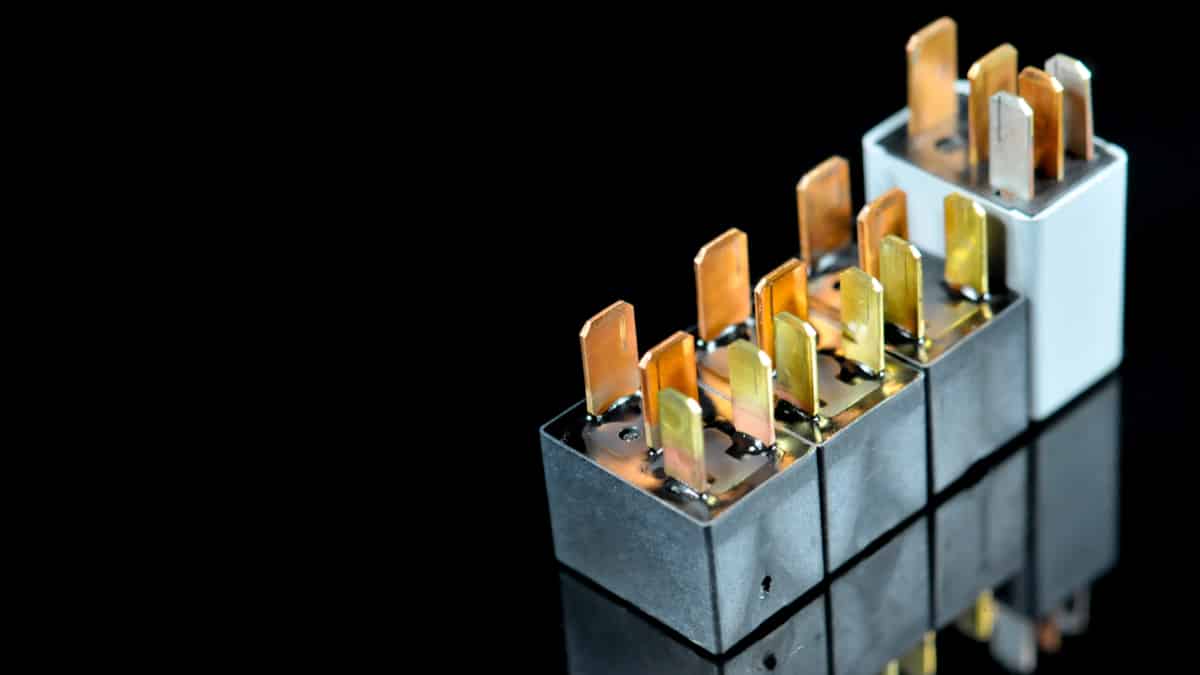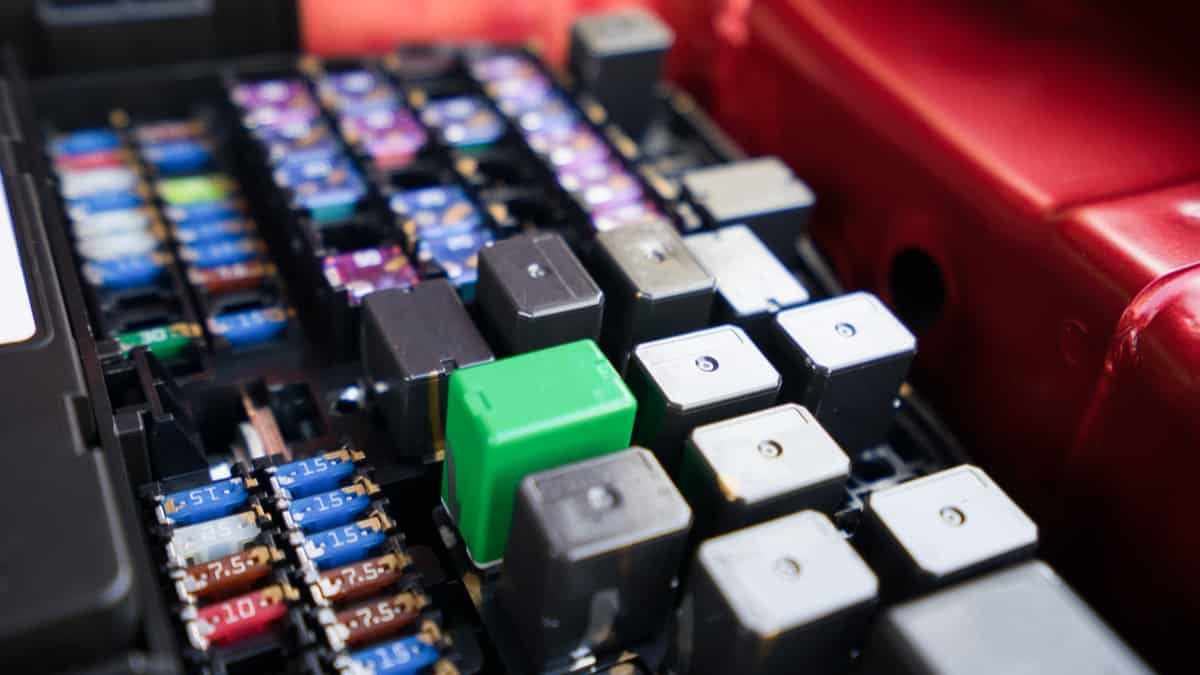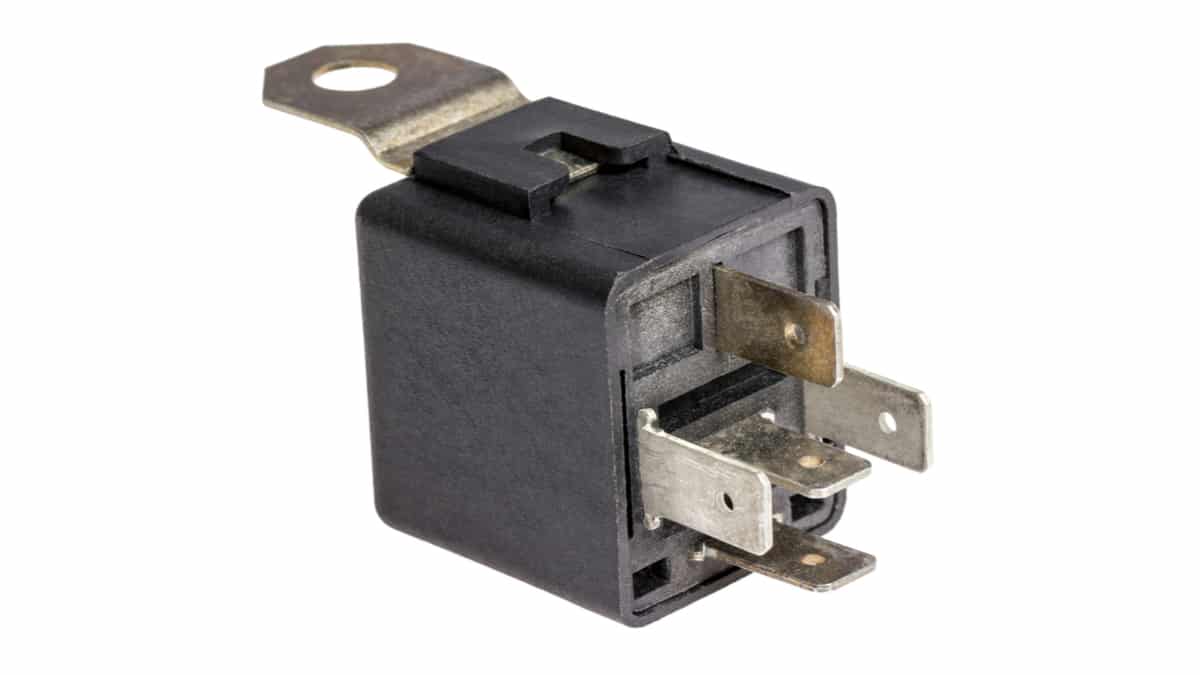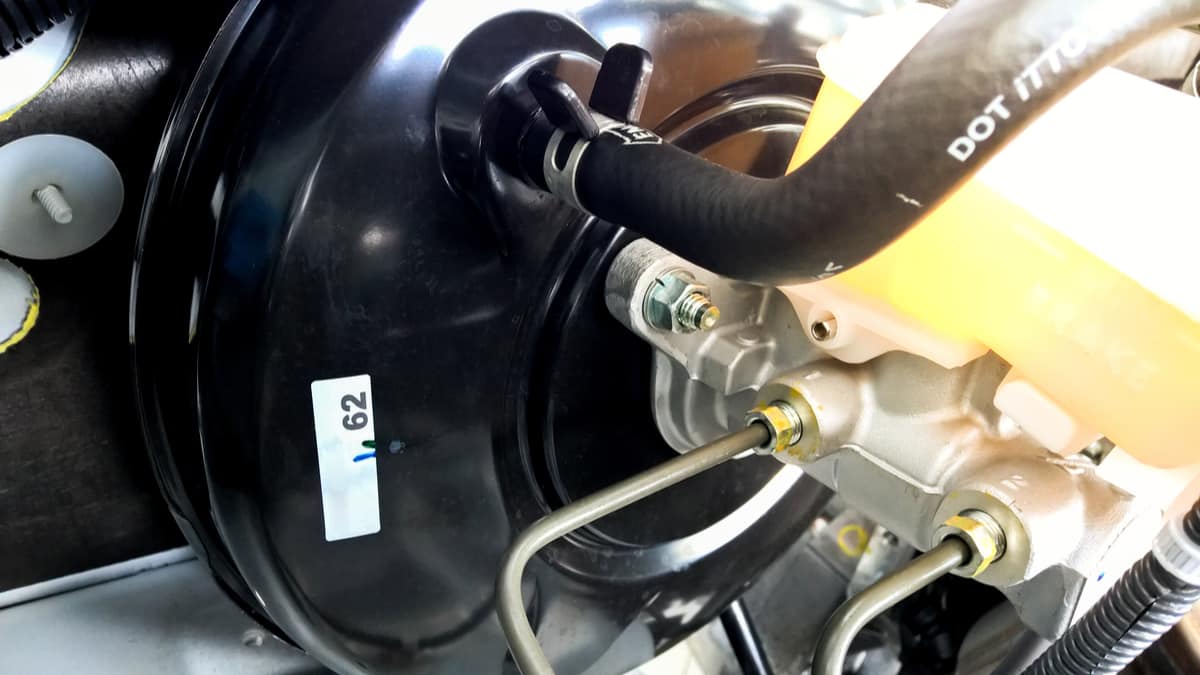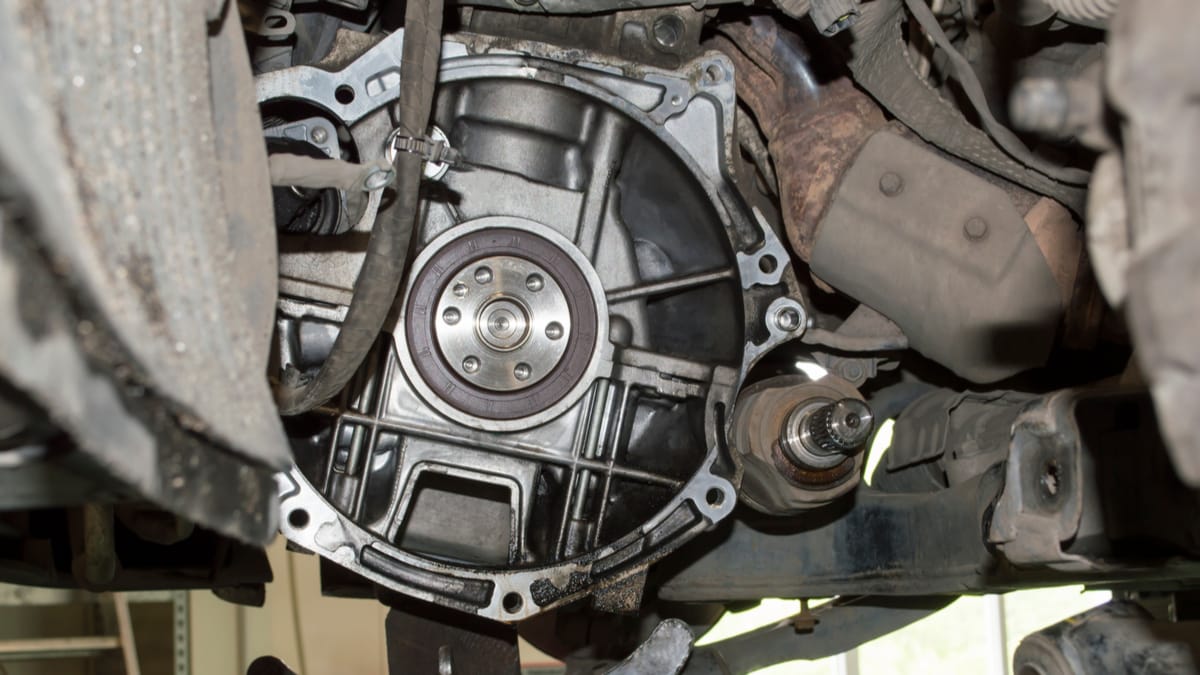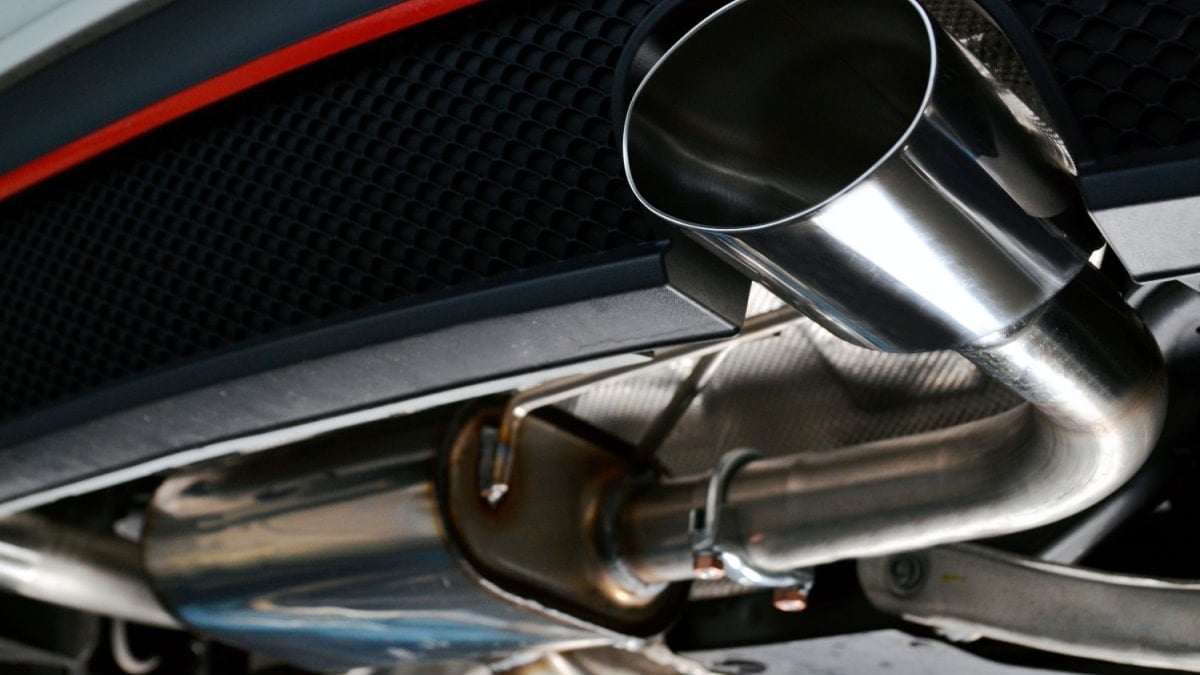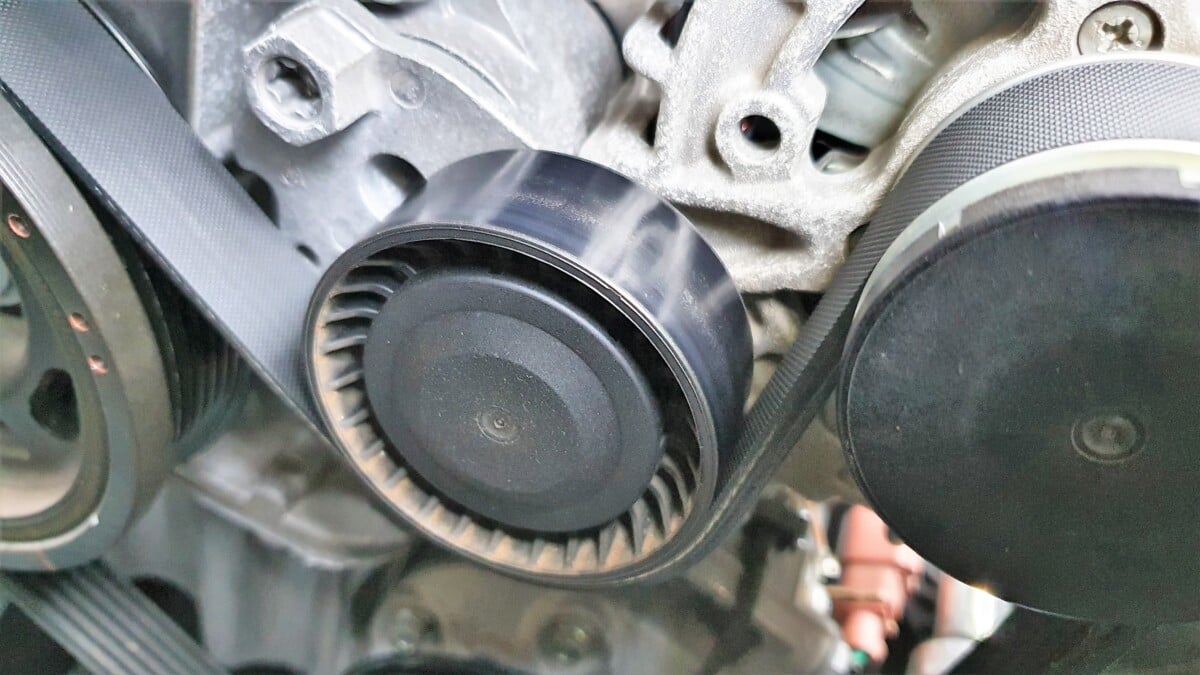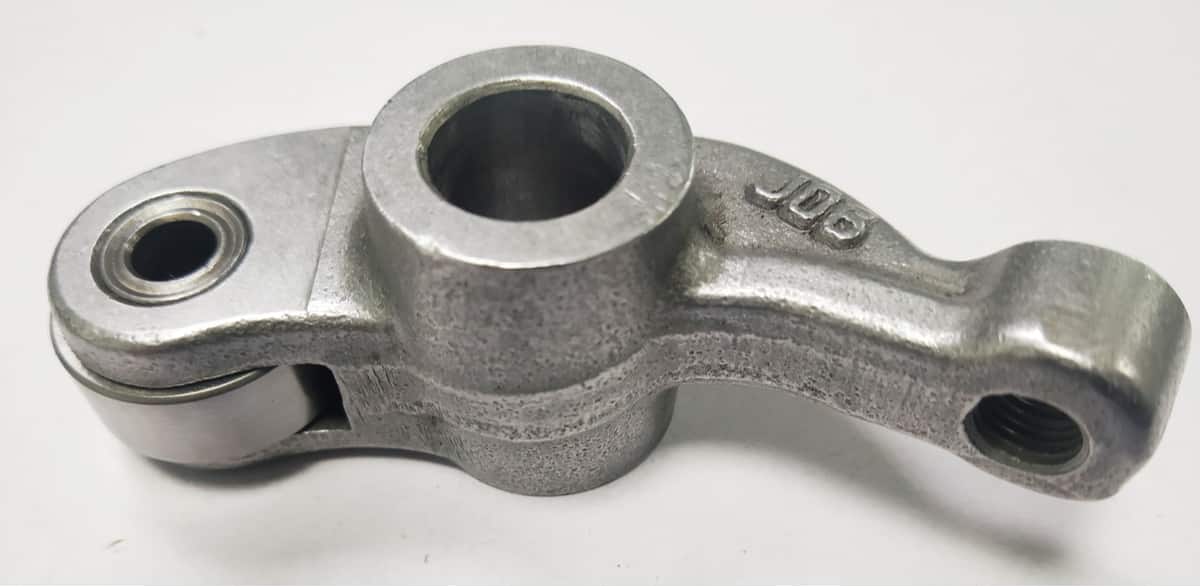Modern vehicles are electrical marvels. And while this electrical ingenuity has led to a wide array of features that wouldn’t otherwise be possible, they can start to act up and create a bit of a headache.
One of the key features in all these electrical marvels is the main relay. While these relays rarely go bad – they should last for the life of your vehicle – it is possible that a relay breaks every once in a while. The good news is that if you suspect a bad main relay, it’s pretty easy to rule out, and it’s cheap to replace.
Below, I’ve highlighted the most common signs of a bad main relay before diving into what it does and where you can find it. Let’s begin with the signs to look for.
Symptoms Of A Bad Main Relay
The most common symptom of a bad main relay is that you won’t be able to start your car, and nothing may happen when you turn the key. It can also result in a stalling engine while driving, or warning lights on your dashboard.
Below, I’ve highlighted a more detailed list of the signs of a bad or failing main relay to look for.
1. Unable to Start Your Vehicle
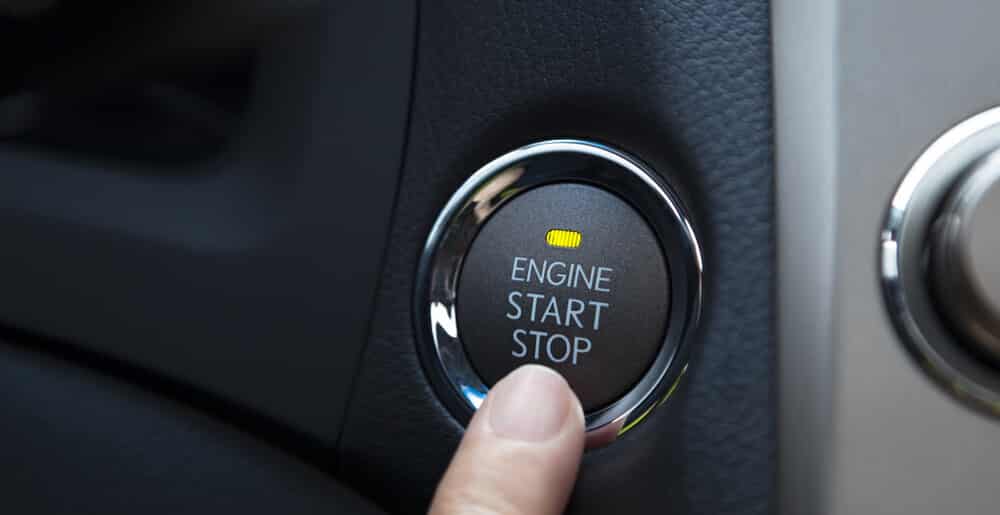
If you try to start your vehicle and it won’t start, there’s a chance that you have a bad main relay. You should still rule out other more likely problems like a dead battery or bad starter before jumping straight to a bad main relay.
If you’ve verified that your battery has enough power, you can turn the key to different ignition spots and listen for a click from the fuse box. If you hear a click, then your main relay isn’t the problem – if you don’t, you’ll need to investigate further. But remember that your vehicle needs enough power from the battery to make the relay click over.
2. Check Engine Light
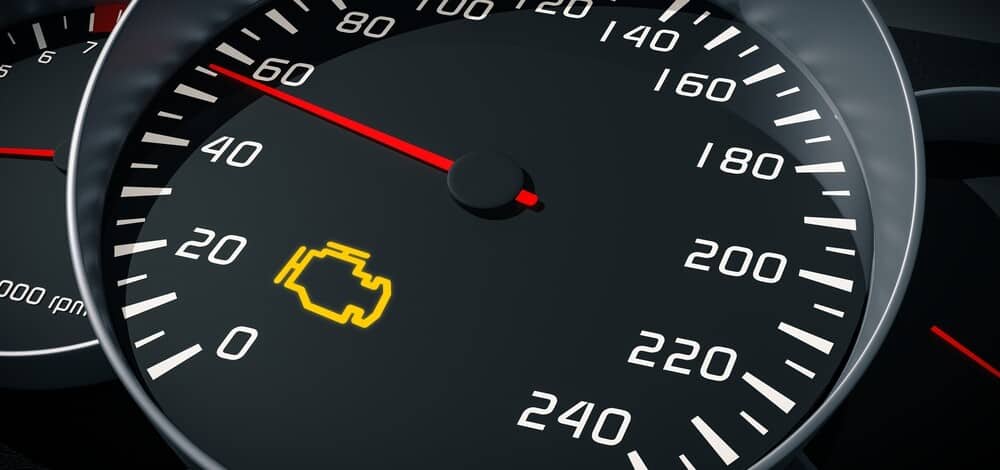
If you can start your vehicle, you’ll notice a check engine light on the dashboard if you have a bad main relay. To verify that the engine light is for the main relay, you’ll need to connect an OBDII scan tool and read what the code is for, though.
3. Your Vehicle Won’t Stay Running

If you have a bad main relay, you won’t be able to keep your car running for long even if you are able to get it started. Whether this is a matter of seconds or minutes depends on the specific fault, but you’re not going to keep your engine running with a bad main relay.
If your engine is running and stays that way, whatever problem you’re experiencing isn’t related to the main relay.
Main Relay Function
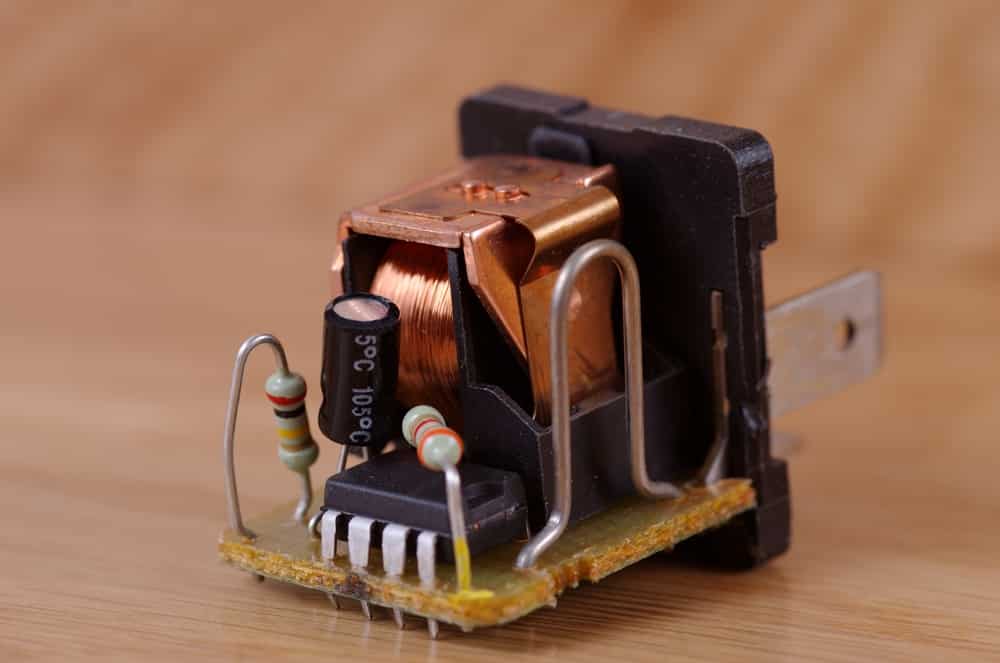
Your vehicle’s main relay gives power to your car’s most electric components, like the engine control unit and other control modules. When you turn your vehicle on, it shifts the relay to a new position, which allows you to start your vehicle by sending power to the necessary components.
Main Relay Location

Your vehicle’s main relay is typically in your vehicle’s fuse box. There are two common locations for this fuse box. First, it can be under the passenger side dashboard. Second, it can be in the engine bay itself.
Either way, it should have a fuse box cover that you’ll need to access the main relay. From there, you’ll need to determine which relay is the main relay in the fuse box. Some vehicles will have every fuse and relay labeled on the inside of the fuse box cover; others require that you do a little more work to track the information down.
You’ll need to scour the web or your owner’s manual for a fuse box diagram if it’s not on the inside of the fuse box cover.
Main Relay Replacement Cost
The average main relay replacement cost is between $70 and $120, depending on what type of vehicle you drive and where you take it for repairs. The majority of that cost will come from troubleshooting fees and the cost of the relay itself.
That’s because while diagnosing your main relay can be a bit complicated if you don’t know what you’re doing, replacing it is easy. The relay itself costs anywhere from $30 to $70, while labor usually runs another $40 to $50.
So, if you know for sure that the relay is the problem, you can pop the cover off the fuse box and replace it yourself. But even better, if you suspect the relay is the problem, try swapping it with another relay in the fuse box. If the problem “moves,” you have a defective relay, and you need to replace it.
Diagnosing Your Main Relay
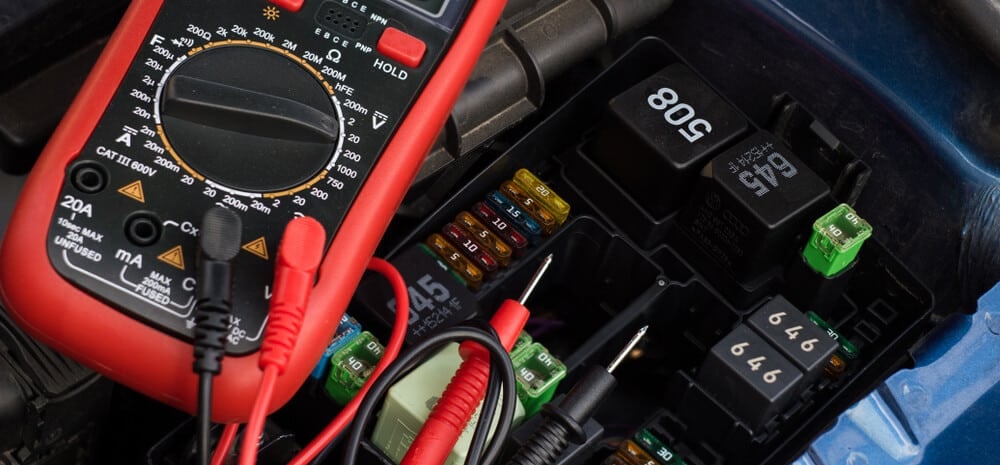
While a faulty main relay is rare, it’s not impossible or unheard of. Properly diagnosing the main relay takes a little technical know-how, but there are a few workarounds you can use to identify the problem.
First, you need to track down the main relay. From there, have someone standing next to the fuse box as you cycle the ignition. They should hear a clicking noise, if they don’t, then you might have a faulty main relay. If they do, chances are the relay isn’t the problem.
Either way, if you can track down which relay is the main relay, try swapping it for another relay in the system. While they could technically both be faulty, the chances of this happening are extremely small. Once you’ve swapped the relays, try starting your vehicle.
If the vehicle starts but the system you moved the main relay to is now acting up, you have a faulty relay, and you need to replace it. However, if you don’t notice any difference and the vehicle still won’t start or stay running, chances are the main relay isn’t the problem.
Keep in mind that you can have an electrical problem in your main relay circuit. If this is the case, things will seem like the main relay is at fault, but replacing it won’t ever help. If this is the case, you’re going to need a little technical know-how to track down what’s going on.
What does the main relay control?
The main relay controls the power supply to most of your car’s electrical components and is therefore a very important relay. Typically, it controls the power supply to the ignition relay, engine control module and other control modules.
Can the main relay cause misfires?
Although the main relay could potentially cause misfires, it is not very likely. If the main relay is bad, you will most likely notice a stalling engine or a flashing dashboard. Ignition problems are more likely to cause misfires.
Will a bad main relay throw a code?
A bad main relay can throw a code in some control modules. However, if the main relay is bad, it will cut power to most engine control modules, making it impossible for them to recognize and store a fault code.
Can a bad main relay drain your battery?
Yes. If the main relay doesn’t cut power when you turn the ignition off or when it should, it will leave power on to many components, which will drain your battery. But in most cases, it’s the opposite, and it won’t turn on at all.
Categories: Electric
